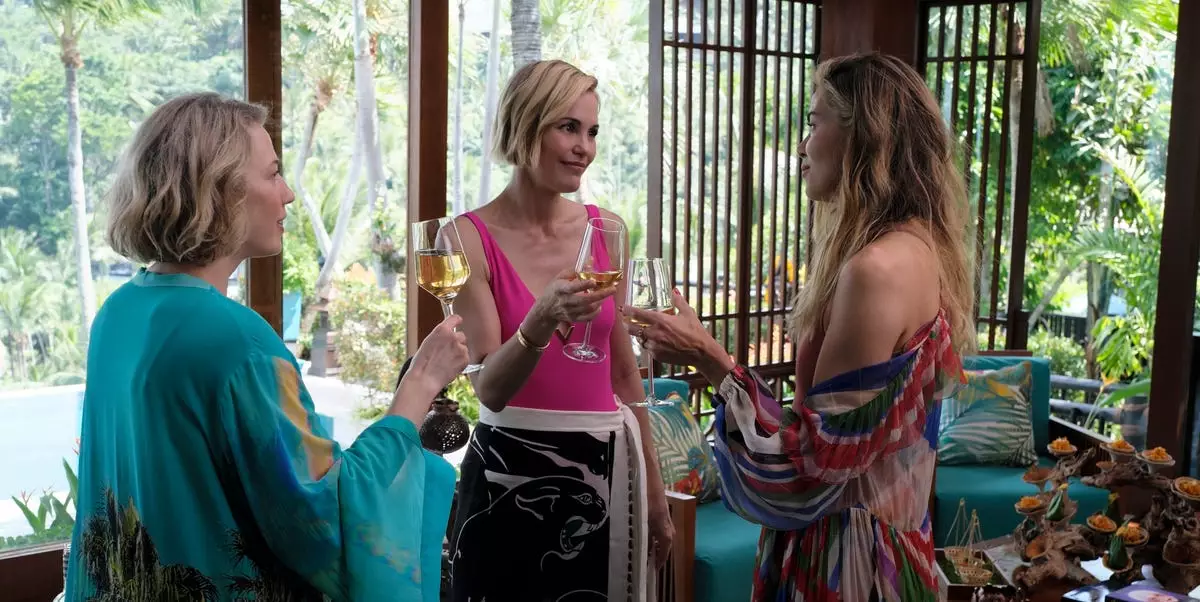After a prolonged wait, fans of the critically acclaimed series *The White Lotus* are met with a bittersweet surprise as the show begins its third season. Viewers had anticipated reuniting with the beloved themes that defined the first two seasons, but instead, they were greeted with a fresh sound that some may find jarring. The previous iconic melodies, notably the infectious “Aloha!” especially popularized in season one, and the grandiose “Renaissance” debuted in season two, have taken a backseat to a new, playful composition. This shift, while undoubtedly catchy in its own right, leaves a palpable void for those who cherished the previous scores.
The music in *The White Lotus* has significantly contributed to its cultural footprint. The first season’s theme not only resonated with viewers but became a viral sensation, resembling a breakout hit capable of surpassing the typical bounds of a television soundtrack. With a staggering 200% increase in streams on Spotify and even a remix by prominent DJ Tiësto, it’s evident that the series’ music carved its niche in pop culture. The anticipation for the return of these memorable scores is understandable, as they became synonymous with the show’s intense themes of wealth, privilege, and intrigue. However, with the introduction of a new musical identity in season three, it raises questions about the emotional continuity that fans might feel.
Cristobal Tapia de Veer, the mastermind behind the previous themes, has yet to publicly clarify his decision to implement a new piece for the latest season. Despite speculation, he has hinted at his desire to infuse season three with a distinct cultural flavor, drawing inspiration from Thailand’s spiritual heritage. Tapia de Veer has elaborated on his intention to employ traditional Eastern elements, including 36 Thai gongs that he collects, aiming for a deeply immersive experience that reflects the setting. His statements suggest an exploration beyond mere imitation of local sounds, aiming instead to weave a tapestry that incorporates the essence of Thailand into the series’ narrative.
The reaction to this musical evolution is likely to be mixed. While some fans may embrace the fresh sound as an opportunity for the show to evolve and explore new artistic avenues, others may struggle with the departure from their cherished earworms. The emotional resonance created by returning themes cannot be underestimated; sounds evoke memories tied to characters and story arcs, making their absence felt more deeply than a simple adjustment could typically warrant.
As viewers embark on this new journey with *The White Lotus*, they must reconcile their nostalgia with the promise of new adventures and stories. With Cristobal Tapia de Veer at the helm, there’s potential for a unique exploration of auditory landscapes that complement the visuals and narratives of the show. Whether this new direction will resonate with audiences remains to be seen, but for those willing to embrace change, season three holds the potential for an enriching musical experience. Time will tell if the new themes can stand the test of both immediate reception and enduring legacy—after all, music in television can shape our connection to narratives in profound ways.

